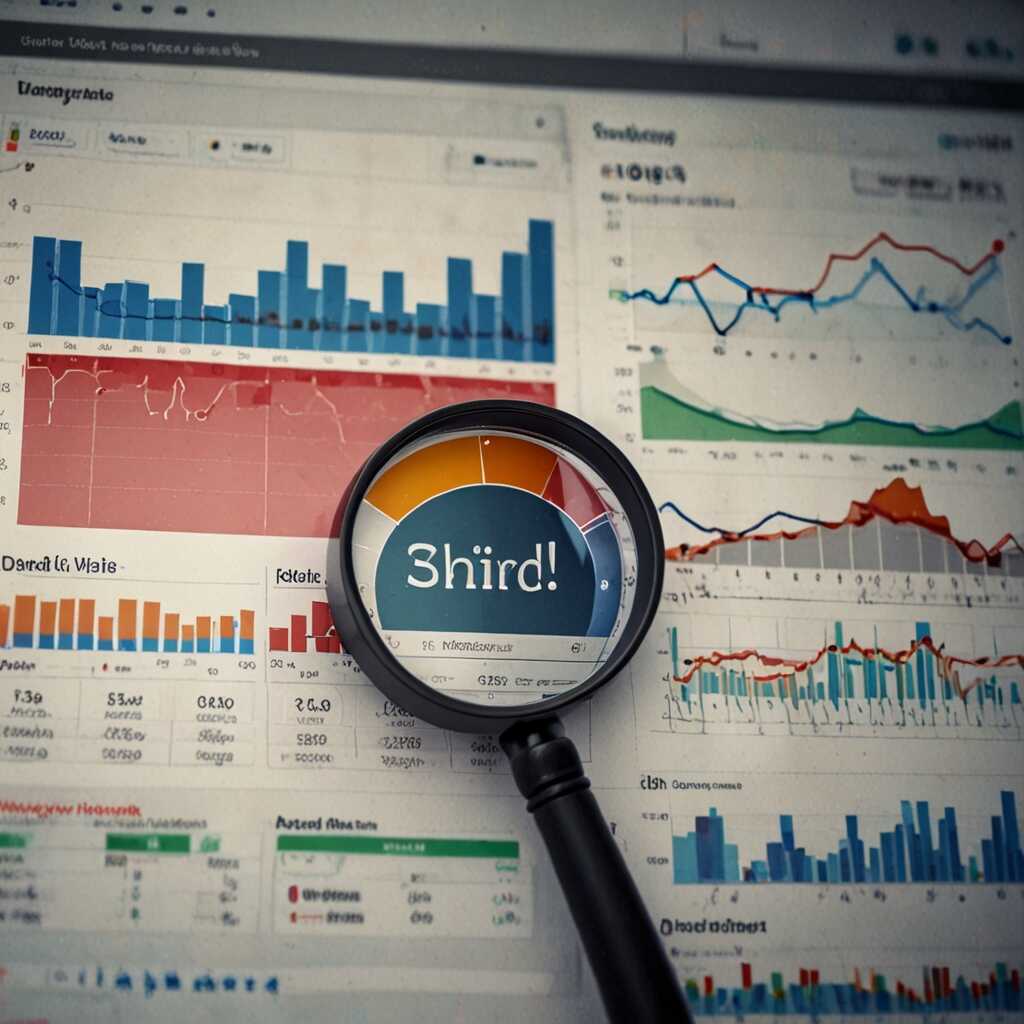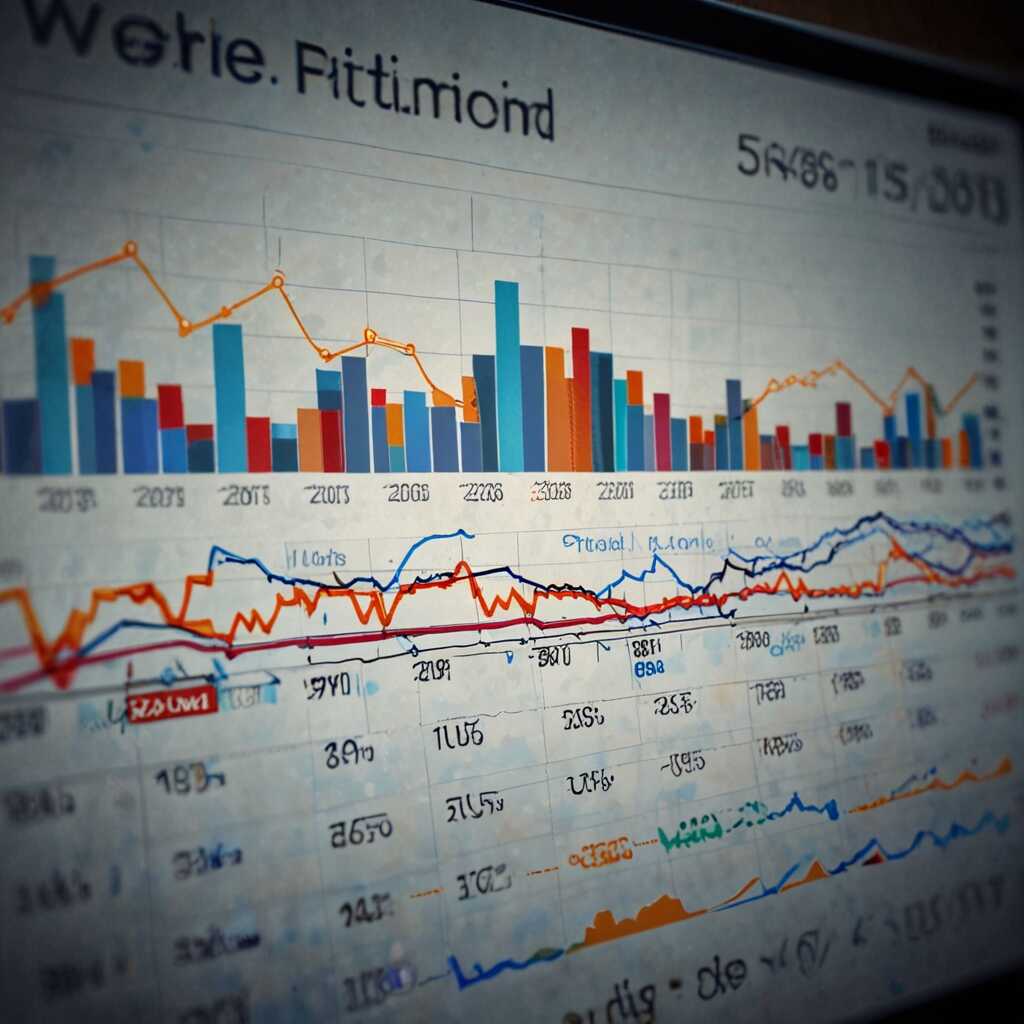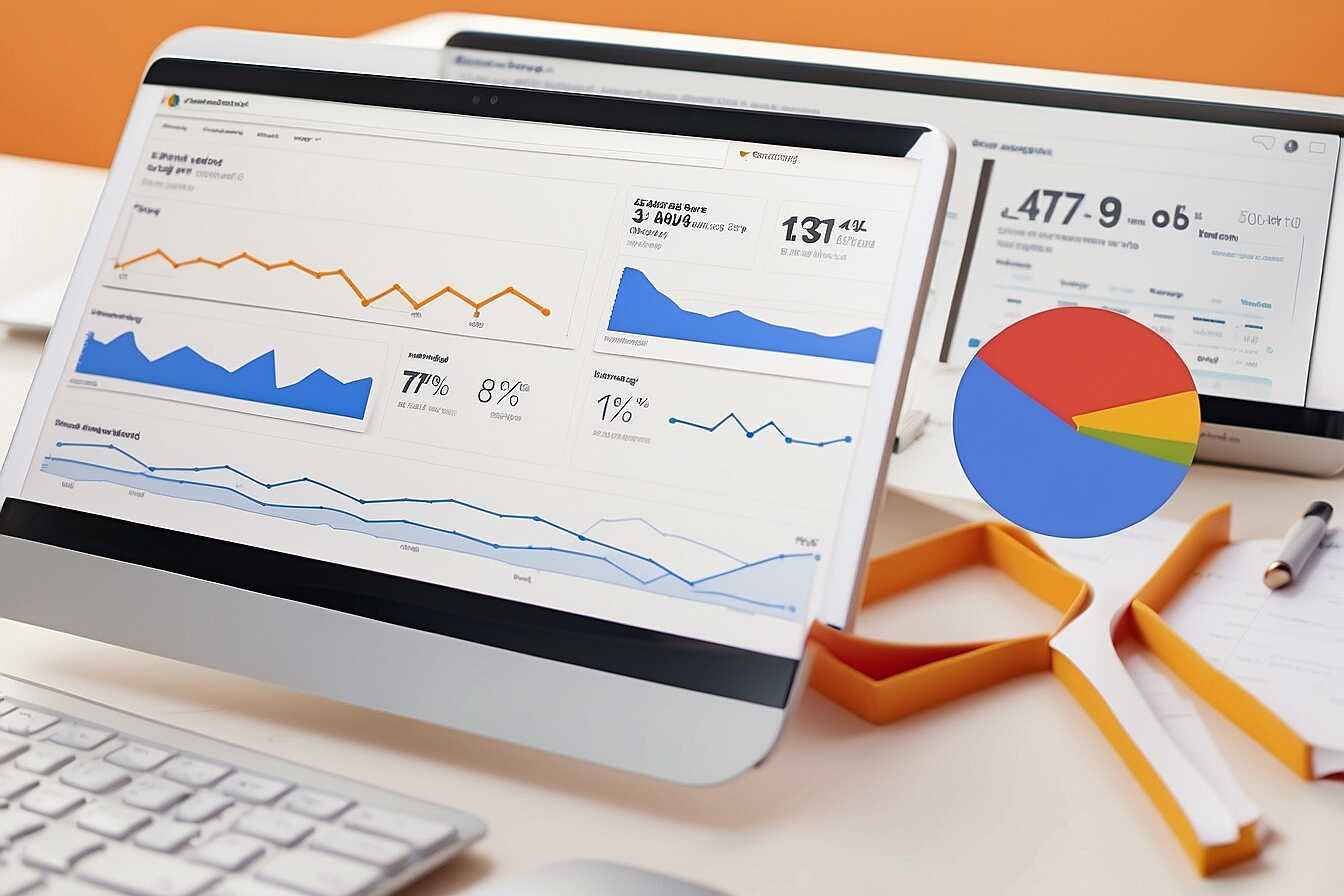Avoiding common link building mistakes is crucial to prevent Google penalties that can harm your site’s ranking. Many businesses struggle with link strategies that violate Google’s guidelines, leading to unintentional penalties. At Metrics Rule, we emphasize the importance of compliant link building practices to enhance your SEO efforts and boost your website’s visibility. By learning to navigate these pitfalls, SEO professionals and website owners can ensure effective link building that supports their overall digital marketing goals.
Understanding Google Penalties Related to Link Building Errors
Google penalties are consequences imposed by the search engine for violating its guidelines, particularly related to link building mistakes. These penalties can severely impact website visibility and rankings, making awareness about them essential for SEO professionals, digital marketers, and business owners. Common link building errors, such as unnatural link patterns or low-quality backlinks, can lead to your website being de-indexed or dropped in rankings. Studies show that nearly 35% of websites experience a Google penalty due to improper link building practices, which highlights the importance of maintaining a sound strategy to avoid these repercussions.
Common Link Building Mistakes That Lead to Penalties
Common link building mistakes that can lead to Google penalties include buying links, excessive guest posting, and using irrelevant anchor text. These practices can trigger red flags for Google’s algorithms, which are designed to maintain quality and relevance in search results. As an SEO professional based in Vancouver, I emphasize the importance of creating a diverse and reliable backlink profile. High-quality, natural links enhance your site’s credibility and ensure better performance in search results. Implementing effective testing and data analysis methods can help identify and rectify any issues in your link building strategy.
Common Link Building Tactics That Can Backfire and Harm SEO
Common link building tactics that can backfire include purchasing links, excessive guest blogging, and using automated tools to generate backlinks. These practices often violate Google’s guidelines, leading to penalties. Purchased links fail to provide authentic link quality, while excessive guest blogging can lower your site’s reliability. Moreover, automated link generation tools may create links that are deemed spammy, negatively impacting your site’s reputation. Recognizing these harmful link practices is essential for developing strong SEO tactics that support long-term improvement.
Understanding Google’s Standards for Backlink Quality
Google has established strict criteria for backlink quality to enhance user experience and search result accuracy. High-quality backlinks are from authoritative sites that are relevant to your niche. Focusing on earning links instead of buying them helps ensure the best results. Engaging in quality content creation, networking with industry experts, and guest posting on reputable sites can enhance your link profile. These strategies not only comply with Google’s standards but also improve the overall reliability and credibility of your site. By prioritizing backlink quality, you set a solid foundation for your website’s SEO journey.

Spotting Warning Signs in Your Link Building Strategy
Identifying indicators that your link building strategy could be flawed is crucial for maintaining your site’s SEO health. Common warning signs include a sudden increase in low-quality backlinks, repetitive anchor text usage, and the presence of links from irrelevant or spammy sites. Additionally, a lack of diversity in your backlink profile may signal that you’re relying too heavily on a single source or method. Monitoring these red flags becomes essential to ensure compliance with Google’s quality guidelines and preserve your ranking potential.
Understanding Common Link Building Penalties
Many link building techniques can inadvertently lead to penalties if they don’t adhere to Google’s best practices. For instance, the use of excessive exact match anchor text, participating in link farms, or paying for links can lead to severe penalties. A comprehensive backlink analysis tool can help you identify these poor-quality links before they result in consequences. Regularly reviewing your backlink profile and removing harmful links is essential for sustaining high-quality SEO outcomes. A proactive approach allows you to enhance your site’s reliability and credibility in the eyes of search engines.
Key Statistics on Search Engine Penalties
- Over 70% of websites have received penalties due to improper link building practices.
- Google issues over 400 algorithm updates annually, affecting ranking factors.
- About 75% of webmasters lack awareness of Google’s link building guidelines.
- Only 10% of websites recover from penalties within a year.
- The average penalty lasts for about 6 months if not fixed properly.
- Websites performing compliance audits reduce penalty risks by approximately 60%.
- Link quality drastically impacts ranking, as over 50% of SEO success relies on it.

Why Prioritizing Quality Links is Essential for SEO Success
Prioritizing high-quality backlinks is essential for effective SEO strategies. High-quality links enhance the reliability of your website, ensuring search engines view it as an authority in your niche. Low-quality links can lead to Google penalties, harming your overall site health and visibility. Websites with higher domain authority tend to provide the most reliable backlinks, creating a natural and reputable link profile. To see significant ranking improvements, aim for at least 10 to 20 high-quality backlinks from authoritative websites in your industry. This quantity helps establish trust with search engines, boosts your site’s performance, and enhances user experience.
How to Identify Quality Backlinks for Your Strategy
Identifying quality backlinks involves analyzing various metrics that contribute to a site’s authority and relevance. Look for websites with high Domain Authority (DA) and strong traffic history. Websites that have a proven track record of providing valuable content will enhance your own site’s authority when linked together. Use tools like Moz or Ahrefs to check these metrics and uncover opportunities for reliable backlinks. Additionally, reviewing competitor backlink profiles can reveal trusted sources that are worthwhile for your link-building strategy. An effective approach focuses on enduring quality over sheer quantity, which helps safeguard against potential penalties.

Implementing Best Practices for Safe and Effective Link Building
To prevent Google penalties, users should focus on implementing best practices for link building. Successful strategies include prioritizing high-quality backlinks from authoritative websites in your niche and avoiding links from spammy or low-quality sites. Building valuable content that naturally attracts backlinks is essential. Engaging in genuine relationship-building with influencers and industry experts can enhance your link profile, making it more reliable and effective. Regularly reviewing your backlink profile helps identify and disavow harmful links before they impact your SEO. Additionally, aim for a balanced backlinks strategy. Research indicates that acquiring 5-10 quality backlinks per month is often sufficient for maintaining a strong link profile.
Identifying Reliable Sources for Quality Backlinks
Identifying reliable sources for quality backlinks involves researching authoritative websites within your industry. Focus on established blogs, industry publications, and educational institutions that have high domain authority. Analyzing competitors’ backlink profiles with tools like Ahrefs or SEMrush can reveal valuable opportunities. Aim for sites with a good balance of traffic and engagement metrics. Guest posting on reputable sites is another effective method to gain high-quality backlinks. Ensure that the content you provide is unique, informative, and relevant to the audience of the host site. This approach not only enhances your SEO performance but also builds strong credibility within your niche.
Advantages of Following Best Link Practices
- Improved organic rankings result from adhering to industry guidelines.
- Boosting site authority leads to increased trust among users and search engines.
- A reduction in penalty risks helps maintain a stable online presence.
- Effective link strategies drive more relevant traffic to your website.
- Higher conversion rates typically come from a well-optimized site.
- Establishing relationships with reputable sites enhances brand reputation.
- Long-term SEO efforts tend to have compounding benefits over time.

Action Plan for Addressing a Google Penalty
If you encounter a Google penalty due to link building mistakes, the first step is to identify the specific issues. Use tools like Google Search Console to check for messages about unnatural links. Next, conduct a thorough link audit to find low-quality or spammy links pointing to your site. Corrective measures include removing harmful links or requesting their removal from webmasters. If unable to remove them, utilize the Google Disavow Tool to indicate these links should not count against you. This process helps enhance your website’s reputation with Google. Remember, resolving this issue can be a gradual process; therefore, patience is essential for recovery.
Understanding Common Link Building Mistakes
Common link building mistakes often lead to Google penalties and diminish SEO performance. Such mistakes include using link farms, engaging in excessive reciprocal linking, or acquiring links from irrelevant sources. These practices lower your site’s reliability and can trigger Google penalties. Instead, focus on creating high-quality, relevant, and contextually appropriate links. A solid approach can include guest posting or collaborating with reputable websites within your niche. This process enhances your link profile sustainably, ensuring long-term success.
Essential Tools for Comprehensive Link Building Analysis
Essential tools for link building analysis include platforms like Ahrefs, SEMrush, and Moz. These tools provide reliable backlink data, competitor analysis, and keyword research features. By utilizing these tools, users can make informed, data-driven decisions that enhance their SEO performance. For instance, they deliver insights into which links are performing well and which may be detrimental. Understanding these factors can help refine your link building strategies, ensuring compliance with Google’s best practices.
Key Features of Leading Link Analysis Tools
Leading link analysis tools, such as Ahrefs and SEMrush, come equipped with valuable features that enhance link building strategies. They offer detailed reports on backlinks, including quality assessments and traffic potential. Users can evaluate their existing links’ efficiency and identify gaps in their link profiles. Additionally, these tools enable users to conduct competitor analysis effortlessly, allowing them to see which websites are linking to similar content. This feature is crucial for identifying new linking opportunities that can lead to improved rankings and visibility in search engines like Google and Bing.
Organizations Impacted by Link Building Strategies
- Small businesses benefit greatly from local SEO and quality backlinks.
- Agencies amplify their clients’ digital strategies through effective link management.
- eCommerce sites gain visibility through partnerships with reputable sites.
- Startups need strong links to build credibility in competitive markets.
- Blogs can enhance their reach by collaborating with other authority figures.
- Educational institutions utilize backlinks for increased trustworthiness online.
- Nonprofits can leverage links to draw more supporters and donations.
The Integral Role of Content Quality in Link Building Strategies
High-quality content significantly influences link building success. Content that provides valuable information, serves user intent, and is engaging leads to more backlinks. Quality content enhances credibility, making it more appealing for other sites to link back. Furthermore, the correlation between content excellence and backlink acquisition success is proven; websites with top-tier content see greater visibility in search results, fostering organic link growth. Thus, to avoid common link building mistakes, create reliable and useful content that followers want to share and link to.
Effective Content Types for Backlink Acquisition
To attract backlinks from diverse sources, such as blogs, forums, and media outlets, it’s beneficial to craft a variety of content types. Consider creating comprehensive guides, captivating infographics, and well-researched articles that provide essential insights. Expert interviews and case studies are also effective in demonstrating thought leadership. This multi-faceted approach ensures that your high-quality content resonates with a broader audience, increasing the chances of gaining valuable backlinks. Remember, metrics and analytics should guide you in refining your strategy for maximum effectiveness.
